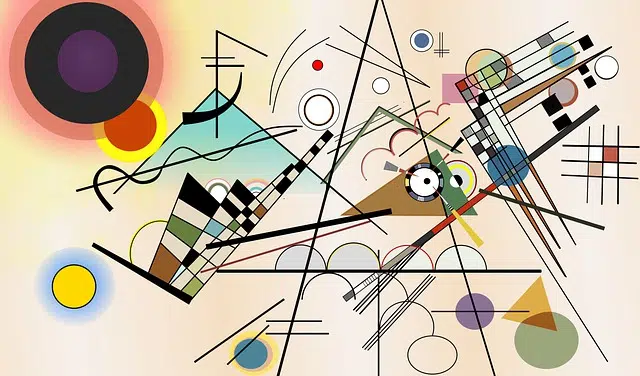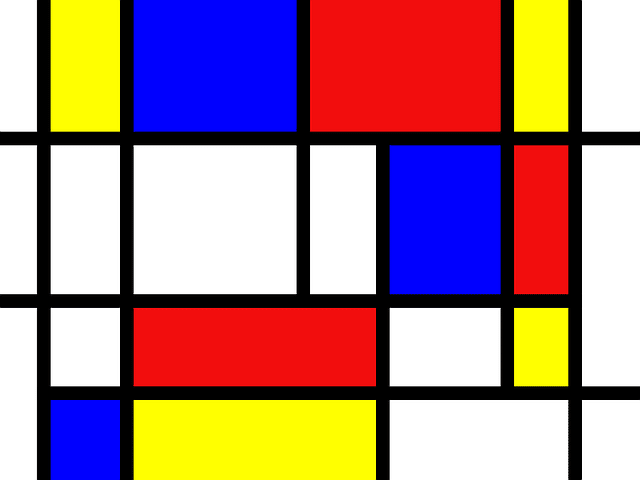
Abstract art does not aim to imitate nature and lacks figuration.
The notion of art comes from the Latin word ars . The term can be used to refer to the expression that represents an interpretation of reality or that captures a product of the imagination through drawings, sounds, words and other types of resources.
The adjective abstract , meanwhile, comes from the late Latin abstractus . The concept, according to the dictionary of the Royal Spanish Academy ( RAE ), is linked to those qualities that do without the subject.
These definitions allow us to approach the idea of abstract art . This is the name given to the type of artistic manifestation that lacks figuration and does not attempt to imitate or copy nature .
Characteristics of abstract art
It can be indicated that abstract art presents a new reality, independent of the references that are generated through the sense of sight. The artist, in this way, shares his emotions and feelings without resorting to figurative elements .
Materials, color and strokes constitute, in abstract art, a language that can be described as self-sufficient . By not aiming to reproduce objects that can be recognized in the real world, this language is also independent.
Contemplation focused on aesthetics and the disregard of a subject are two essential features of abstract art. For this reason, the autonomy of this type of proposals stands out.

Geometry is an important resource in some currents of abstract art.
Historical evolution
In the plastic arts, abstraction was always present, to a greater or lesser extent. However, as a current , abstract art emerged in the 19th century and was consolidated in the 20th century .
James McNeill Whistler, Camille Corot y JMW Turner son algunos de los pintores mencionados como precursores del arte abstracto. Con el time, movimientos como el cubism, el expressionism, el impressionism y el post-impressionism se enmarcaron o mantuvieron algún tipo de cercanía con la abstracción.
De Stijl , abstract expressionism , constructivism and suprematism , meanwhile, are other currents that are often mentioned as part of the group of abstract art. As for references of this group , we can name artists such as Jackson Pollock , Vasili Kandinsky and Piet Mondrian , among many others.
Geometry in abstract art
It is interesting to mention that geometry had great importance in certain areas of abstract art. In the 1920s , so-called geometric abstraction was developed.
Artists who followed these principles used simple geometric shapes that, organized in a free and subjective manner, allowed the construction of images. Geometry, in these cases, was positioned as a response to subjectivism .
Abstract art with geometric elements, on the other hand, highlighted the two-dimensional. On the contrary, the most important movements of the time tried to achieve an accurate representation of reality with the use of three dimensions.
In this context, suprematism also stood out. Born in Russian territory in 1915 and promoted by Kazimir Malevich , the works of abstract art of this movement mainly showed circles and squares in different compositions. At the same time, suprematism was based on the use of black and white . Thanks to these precepts, he distanced himself from any figurative representation of nature.
